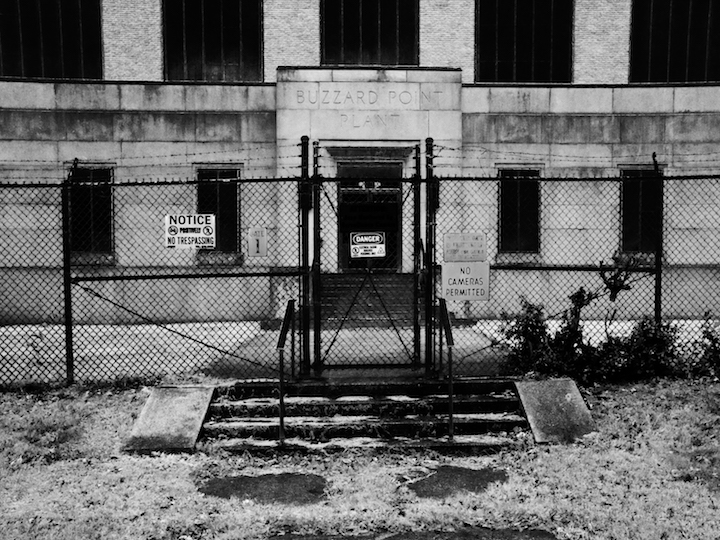Since 2014, the Historical Society of Washington, D.C.’s, “For the Record” series has showcased art that tells little-known stories of Washington. For this year’s iteration of the juried competition, the Historical Society asked artists to submit work documenting eight D.C. neighborhoods. The winning entries are now on display at the George Washington University Museum and The Textile Museum’s Woodhull House, home of the Albert H. Small Washingtoniana Collection.
George Washington Today spoke with the Historical Society’s library and collections director Anne McDonough, who was part of the team that produced “For The Record.” She talked about the different ways artists interpreted the Historical Society’s call and what the GW community can learn about D.C. in this exhibit.
Q: This is the third iteration of “For The Record.” How did the series start?
A: The Historical Society has been around since 1894, and we have always collected works that document the built environment of Washington, D.C. What we wanted to do with the “For the Record" series was to encourage current artists to go out and do the same thing. The first year, we partnered with the D.C. Preservation League. They have a list of what they consider to be the most endangered sites around Washington, so we asked artists to document one of the sites on that list. The second year, the theme was "Changing D.C." Some people interpreted that as images that had construction scenes, others captured a scene that is maybe disappearing in a neighborhood.
Q: What was this year’s theme and how did the jury select the artists in the show?
A: The call that went out to artists this year was to document specific neighborhoods, one in each of the eight wards. We asked artists who work in any 2-D medium to go out and document these neighborhoods, which included Howard Town/Pleasant Plains, Burleith/Georgetown, Palisades, Shepherd Park, Ivy City, Buzzard Point, Kenilworth and Congress Heights. The show has 44 works that range from 1988 to 2017, representing the work of 25 different artists, all who are from Maryland, D.C. and Virginia. Our hope is people who come to the show get a sense, through the art, of these different neighborhoods, and that they also walk away with the history of these places as well.
This is the first year we did not host the show in our own headquarters at the Carnegie Library. We had a fabulous opportunity to work with GW Museum, which resulted in a phenomenal partnership. The show is mounted in the Woodhull House, and you have to walk through the impressive collection of Albert H. Small to get to the exhibit. The historic materials that Mr. Small has collected are a great complement to the contemporary art in “For the Record.”
Q: What were some approaches to the prompt that you found surprising, or that captured an interesting side of the city?
A: The first place photograph, which also won best overall, was by Michael Horsley. The image itself is stunning. It was taken at the Ivy City Grill in Ward 5, and it's the earliest image in the show, taken in 1988. An eating establishment was in this location until about last year, but it changed focus through the decades—in the image from 1988, the Ivy Grill sign has what looks like a dancing lady, though more recently this spot was a carryout restaurant. It's intriguing and makes me want to look into the history of that particular location, which is what some of the best works in the show do. They inspire you to want to learn more about the topic.
Another work by Halcy Bohen documents the Palisades Fourth of July parade. She put together panels of ink and watercolor drawings, created through the years of the parade, which is a hallmark of community spirit in the Palisades. Because we don't restrict the artists to specific mediums or say it has to be documentary, we get a wide variety of entries. It's a very full way of seeing how people interpret neighborhoods around the city.
Q: What are some things that visitors—particularly D.C. residents—can learn about their city in this show?
A: This is meant to inspire people to see the show and explore not only their own backyard, but also neighborhoods that might not be as familiar to them. Whether you're a student coming for your first year in the city or you're someone who is a third-generation Washingtonian, all of us can have inclinations to be a bit provincial and stick to what we know. We're hoping that this show encourages people to go on out and get to know different areas with which they are maybe not so familiar.
Additionally, we want people to know about the Historical Society and what we do and represent, which is to collect the stories of local Washington. Through exhibits like this, we bring in audiences who perhaps would not seek out the Historical Society and hopefully inspire them to visit the collections we've been maintaining for the past 123 years.


